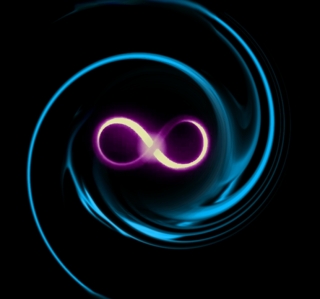Antidepressants
Page 1 of 1
 Antidepressants
Antidepressants
Antidepressants
The control of depressive symptoms can be obtained, in clinical practice, with the use of several classes of drugs, exploiting different mechanisms of action, all aimed at optimizing a function neurotransmitter (noradrenergic, serotonergic, dopaminergic) which is believed compromised in depression mood. The antidepressant effect, differentiated between the various families of to., Can be realized through: the presynaptic receptor blockade, with a consequent increase in the release of the neurotransmitter; the synaptic reuptake inhibition (reuptake) of the neurotransmitter, which allows a greater presence at the level of the synaptic cleft; the inhibition of enzymes catabolizzanti the same neurotransmitters, such as for example the monoamine oxidase (MAO); the functional regulation of postsynaptic receptors (down regulation) that optimizes the functioning altered in the course of depressive disorder. The families of drugs. are: a) tricyclic antidepressants (TCA), so-called because united by a structural formula of tricyclic type, which are in. first generation, poorly selective (act predominantly of norepinephrine, serotonin, and many receptor systems) and thus to be considered broad spectrum, both for efficacy for both with laterality; b) heterocyclic (or atypical), that are not tricyclic drugs in structure ( bicyclic, tetracyclic, linear etc.), represented by some a. second generation (mianserin, trazodone, nefazodone, etc..), sometimes more selective TCA, but which still have some effects mainly mediated by binding to histamine receptors and a-adrenergic c) monoamine oxidase inhibitors (MAOIs), which are divided into : first generation drugs, non-selective (ie agents on both MAO-A and the MAO-B) and non-reversible (ie active until the resynthesis of new enzyme) and second-generation drugs, selective, with action only on MAO-A (RIMA, such as moclobemide or on MAO-B, such as selegiline) and reversible, that is, the action of which remains bound to one half-life of the drug d) selective serotonin reuptake inhibitors (SSRIs), which are drugs that act selectively on serotonin and have no significant noradrenergic and muscarinic receptor action. Such drugs exhibit a wide spectrum of action, being useful in the treatment of depression, anxiety disorders (in particular in obsessive-compulsive disorder, panic attacks in disorder, in generalized anxiety disorder), in behavioral disorders etc. e) inhibitors of the reuptake of both norepinephrine and serotonin (SNRI), which are drugs (eg., venlafaxine) acting solely on these mechanisms reuptake without interactions with other receptor systems; f) selective inhibitors of the reuptake of norepinephrine (NARI ) (eg., reboxetine), which are drugs that act selectively on the reuptake of norepinephrine and do not exhibit clinically significant action nor on the reuptake of other neurotransmitters nor on noradrenergic receptors, muscarinic and histaminergic; g) and selective serotonin noradrenergic antidepressants (NaSSA) , such as mirtazapine, which have a complex mechanism of action, acting on receptors both presynaptic noradrenergic of synapses (with increase in the release of the same neurotransmitter), both of serotonergic synapses. At this level, however, the increase in serotonin release is to involve predominantly the 5-HT1A receptors, since the receptors 5-HT2 and 5-HT3 receptors are selectively blocked by mirtazapine.
Page 1 of 1
Permissions in this forum:
You cannot reply to topics in this forum|
|
|

